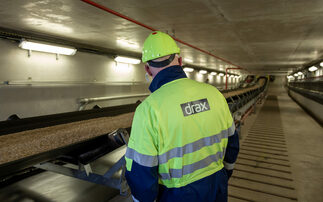Dr Rob Wylie of WHEB Partners reveals his top tips for attracting green investors
As many low-carbon businesses find themselves caught between a dearth of bank finance and a reticence among direct investors to fund as-yet unproven technologies, Dr Rob Wylie, partner at leading European...
To continue reading this article...
Join BusinessGreen
In just a few clicks you can start your free BusinessGreen Lite membership for 12 months, providing you access to:
- Three complimentary articles per month covering the latest real-time news, analysis, and opinion from Europe’s leading source of information on the Green economy and business
- Receive important and breaking news stories via our daily news alert
- Our weekly newsletter with the best of the week’s green business news and analysis








